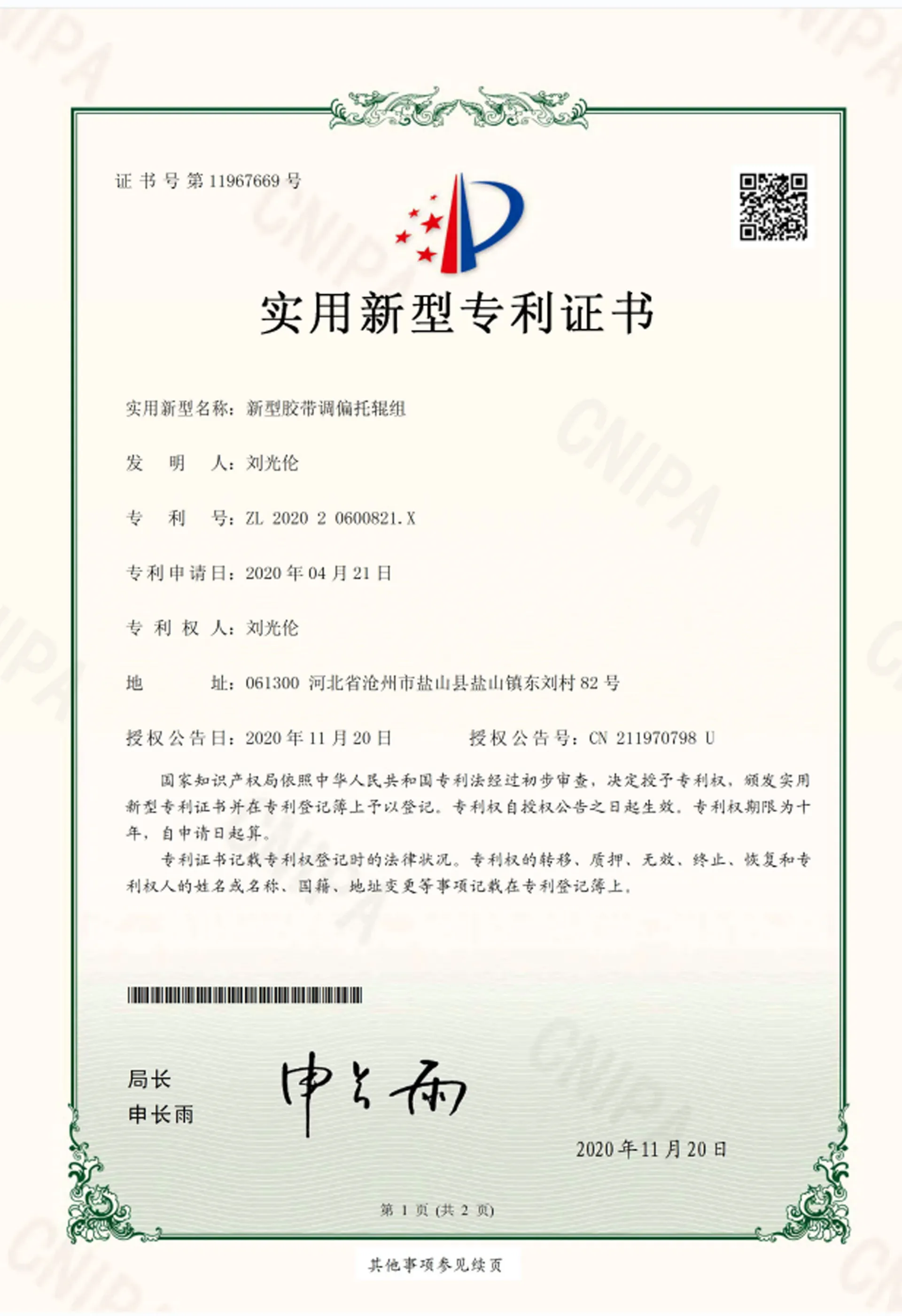 Afrikaans
Afrikaans  Albanian
Albanian  Amharic
Amharic  Arabic
Arabic  Armenian
Armenian  Azerbaijani
Azerbaijani  Basque
Basque  Belarusian
Belarusian  Bengali
Bengali  Bosnian
Bosnian  Bulgarian
Bulgarian  Catalan
Catalan  Cebuano
Cebuano  Corsican
Corsican  Croatian
Croatian  Czech
Czech  Danish
Danish  Dutch
Dutch  English
English  Esperanto
Esperanto  Estonian
Estonian  Finnish
Finnish  French
French  Frisian
Frisian  Galician
Galician  Georgian
Georgian  German
German  Greek
Greek  Gujarati
Gujarati  Haitian Creole
Haitian Creole  hausa
hausa  hawaiian
hawaiian  Hebrew
Hebrew  Hindi
Hindi  Miao
Miao  Hungarian
Hungarian  Icelandic
Icelandic  igbo
igbo  Indonesian
Indonesian  irish
irish  Italian
Italian  Japanese
Japanese  Javanese
Javanese  Kannada
Kannada  kazakh
kazakh  Khmer
Khmer  Rwandese
Rwandese  Korean
Korean  Kurdish
Kurdish  Kyrgyz
Kyrgyz  Lao
Lao  Latin
Latin  Latvian
Latvian  Lithuanian
Lithuanian  Luxembourgish
Luxembourgish  Macedonian
Macedonian  Malgashi
Malgashi  Malay
Malay  Malayalam
Malayalam  Maltese
Maltese  Maori
Maori  Marathi
Marathi  Mongolian
Mongolian  Myanmar
Myanmar  Nepali
Nepali  Norwegian
Norwegian  Norwegian
Norwegian  Occitan
Occitan  Pashto
Pashto  Persian
Persian  Polish
Polish  Portuguese
Portuguese  Punjabi
Punjabi  Romanian
Romanian  Russian
Russian  Samoan
Samoan  Scottish Gaelic
Scottish Gaelic  Serbian
Serbian  Sesotho
Sesotho  Shona
Shona  Sindhi
Sindhi  Sinhala
Sinhala  Slovak
Slovak  Slovenian
Slovenian  Somali
Somali  Spanish
Spanish  Sundanese
Sundanese  Swahili
Swahili  Swedish
Swedish  Tagalog
Tagalog  Tajik
Tajik  Tamil
Tamil  Tatar
Tatar  Telugu
Telugu  Thai
Thai  Turkish
Turkish  Turkmen
Turkmen  Ukrainian
Ukrainian  Urdu
Urdu  Uighur
Uighur  Uzbek
Uzbek  Vietnamese
Vietnamese  Welsh
Welsh  Bantu
Bantu  Yiddish
Yiddish  Yoruba
Yoruba  Zulu
Zulu conveyor machine parts
Understanding Conveyor Machine Parts A Comprehensive Guide
Conveyor machines are essential components in various industries, facilitating the smooth movement of goods and materials from one point to another. They play a crucial role in streamlining production processes, enhancing efficiency, and reducing labor costs. However, the efficiency of any conveyor system heavily depends on its parts. In this article, we will explore the various conveyor machine parts, their functions, and the importance of maintenance.
What are Conveyor Machine Parts?
The term conveyor machine parts refers to the various components that make up a conveyor system. These parts work together to enable the transporting of materials, packages, or products through a predefined path. Understanding these components is crucial for anyone involved in handling or operating conveyor systems.
Key Components of Conveyor Systems
1. Conveyor Belt The conveyor belt is perhaps the most recognizable part of a conveyor system. It is a continuous loop made from various materials such as rubber, plastic, or metal, designed to carry loads across the conveyor structure. The choice of material depends on the type of items being transported and the environment in which the conveyor operates.
2. Idlers Idlers are the roller supports that help the conveyor belt move smoothly. They support the belt and ensure that it maintains its intended pathway. Idlers significantly reduce friction, which not only leads to enhanced efficiency but also prolongs the life of the conveyor belt.
3. Pulleys Pulleys are essential components that drive the conveyor belt. Usually located at the ends of the conveyor system, they help in the belt's movement. There are two main types of pulleys drive pulleys and return pulleys. The drive pulley is powered by a motor while the return pulley facilitates the return of the conveyor belt.
4. Drive Motor The drive motor is the powerhouse of the conveyor system. It provides the necessary energy to move the belt. Depending on the system's design and requirements, motors can vary in size, power, and type, including electric, hydraulic, or pneumatic drives.
conveyor machine parts

5. Bearings Bearings are used to support the rotating elements, such as the pulleys and other moving parts of the conveyor. They reduce friction, allowing for smooth operation and helping to handle the loads effectively.
6. Frame The conveyor frame is the structural backbone of the system. It holds all the components together and provides the necessary stability. It can be made from various materials, such as steel or aluminum, depending on the application.
7. Belt Cleaner A belt cleaner is used to maintain the cleanliness of the conveyor belt. Operating in conjunction with the belt, these devices effectively remove adhered materials, preventing potential issues such as slippage or additional wear.
8. Control System Advanced conveyor systems may incorporate control systems that use sensors and automation to monitor and regulate the operation. These systems can enhance operational efficiency and reduce human error.
Importance of Maintenance
To optimize the performance and longevity of conveyor machine parts, regular maintenance is essential. Neglecting maintenance can lead to increased wear and tear, unexpected breakdowns, and costly repairs. Regular inspections should focus on checking the condition of the belts, bearings, and pulleys, as well as ensuring the motor and control systems function effectively.
Preventive maintenance strategies such as lubrication, alignment checks, and cleaning are crucial. Additionally, replacing worn-out parts promptly can help avoid disruptions in production and maintain operational efficiency.
Conclusion
Conveyor machine parts play a vital role in modern manufacturing and logistics. Understanding the components and their functions is essential for operators, engineers, and maintenance personnel alike. By investing in proper maintenance practices, businesses can ensure the smooth operation of their conveyor systems, leading to increased productivity and reduced operational costs. Through knowledge and diligence, we can harness the full potential of conveyor technology to drive our industries forward.
-
Revolutionizing Conveyor Reliability with Advanced Rubber Lagging PulleysNewsJul.22,2025
-
Powering Precision and Durability with Expert Manufacturers of Conveyor ComponentsNewsJul.22,2025
-
Optimizing Conveyor Systems with Advanced Conveyor AccessoriesNewsJul.22,2025
-
Maximize Conveyor Efficiency with Quality Conveyor Idler PulleysNewsJul.22,2025
-
Future-Proof Your Conveyor System with High-Performance Polyurethane RollerNewsJul.22,2025
-
Driving Efficiency Forward with Quality Idlers and RollersNewsJul.22,2025





























